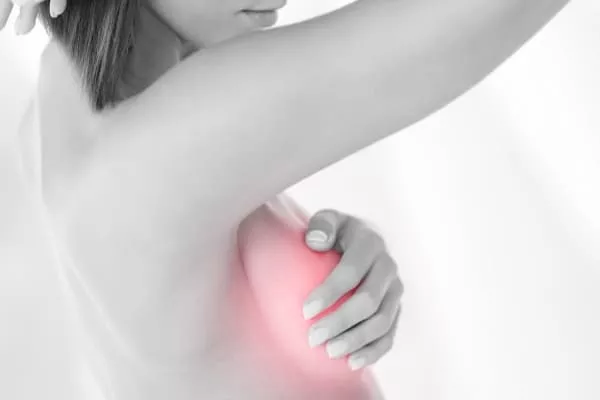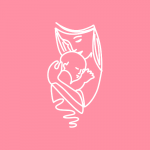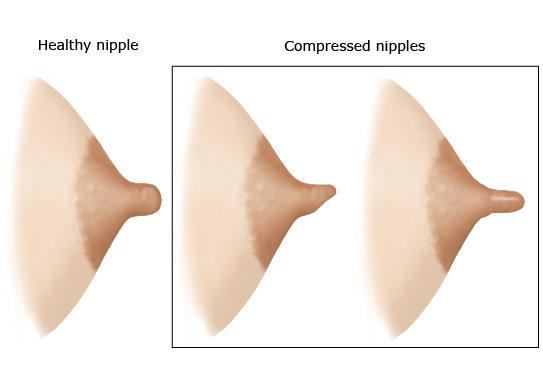Blanched nipples and vasospasm! Feeding time should be an enjoyable experience for both baby and mom, but sometimes pesky nipple issues can get in the way of that. Nipple blanching happens when a breastfeeding mother’s nipples turn pale or white, usually from an incorrect latch technique. Vasospasm takes it one step further with constricted blood vessels causing intense pain – no fun! Fortunately, these conditions have distinct causes which require different approaches to treatment so neither you nor your little nurser need to suffer any longer!
Have you experienced unexplainable nipple discoloration or pain while breastfeeding? Don’t suffer in silence! We’re diving into the fascinating world of nipple blanching and vasospasm to understand what causes them, and how to treat them – plus bust some common misconceptions. If your nipples are struggling through this beautiful moment with the baby, keep reading for tips on alleviating discomfort so everyone can get back to enjoying their bonding experience.
What you need to know about nipple Blanched nipples and vasospasm:
Painful nipple blanching and vasospasm can be caused by a restriction in blood flow to the nipples during breastfeeding. If you’re suffering from this discomfort, fear not – we’ve got all the information on these conditions as well as some tips and tricks for preventing them down the line. Plus, if it’s too late for that advice our blog will also give future treatment options so you’ll know exactly what steps to take next!
How do you get Blanched Nipples?
In the medical world, blanched nipples are a surprisingly common phenomenon caused by the inadequate blood circulation to the area. But what could be making your nips pale? A bunch of causes has been identified – from compression apparel like bras and tops that don’t fit properly, all the way to certain medications and even physiological factors!
-too much compression of the nipple during breastfeeding
-a tight-fitting bra
-an ill-fitting nursing bra
-nipple trauma
How do you get Vasospasms?
Blanched nipples and vasospasm! Those pesky vasospasms are in the bud! Without proper blood flow to sensitive areas such as nipples, a range of factors could be at play – from hormones to stress.
-cold weather
-being anxious or stressed
-hormone changes during pregnancy or breastfeeding
-taking certain medications (such as beta blockers)

Symptoms of nipple blanching:
Nipple blanching’s effects may be hard to recognize – they typically only show up after extended nursing sessions. To spot them, keep a lookout for these clues: diminished color in the nipple area, swelling or tenderness when touched, and pain during feeds.
- A white stripe across the skin where there should normally not have been pink or light brown.
- Your nipple might be misshapen when your baby detaches.
- Sharp pain in the breast minutes after nursing.
How to treat blanched nipples:
Blanched nipples and vasospasm! From pain and discomfort to pleasure! Blanching and vasospasm can spell trouble for nursing mothers, but by increasing blood flow in the nipples a world of relief is possible. So mamas – here are your three simple steps toward softer bliss:
-massaging the breasts
-applying a warm compress to the breasts
-taking a hot shower
-changing your position during breastfeeding
Blanched nipples and vasospasm! Struggling with breast pain? Ibuprofen and acetaminophen are great for relieving the discomfort caused by blanching or vasospasm. If you need extra protection, a nipple shield can help protect your nipples from further trauma – no more excuses to skip out on breastfeeding!
How to prevent nipple blanching and vasospasm:
Avoiding the dreaded blanch and spasm is easy – just keep a few simple prevention tips in mind! From managing stress levels to staying warm, there’s plenty of ways you can shield your skin from those uncomfortable sensations. So don’t let them be an issue ever again – these clever tricks will have it all under control quickly!
-Wearing a well-fitting bra
-Avoiding tight clothing
-Taking breaks during breastfeeding
-Massaging your breasts regularly
-Applying a warm compress to your breasts before breastfeeding
-Use a nipple shield when necessary
-Avoid any trauma to the nipples
-Keep your breasts warm, especially in cold weather
If blanching or vasospasm does occur, it is important to treat it immediately. If left untreated, these conditions can lead to nipple damage and even infection. If you are experiencing blanching or vasospasm, consult with a lactation consultant or doctor for specific treatment recommendations.
Conclusion
In short, nipple blanching and vasospasm can make breastfeeding a challenge but with the help of your healthcare team, you’ll soon overcome it. A simple diagnosis followed by taking steps such as using warm compresses or consulting with a lactation consultant may be just what you need to resolve this issue quickly. Keep in mind that any temporary discomfort is worth it for both mom and baby – there are countless benefits when continuing to breastfeed even if bumpy roads arise along the way!
More reading suggestions:


